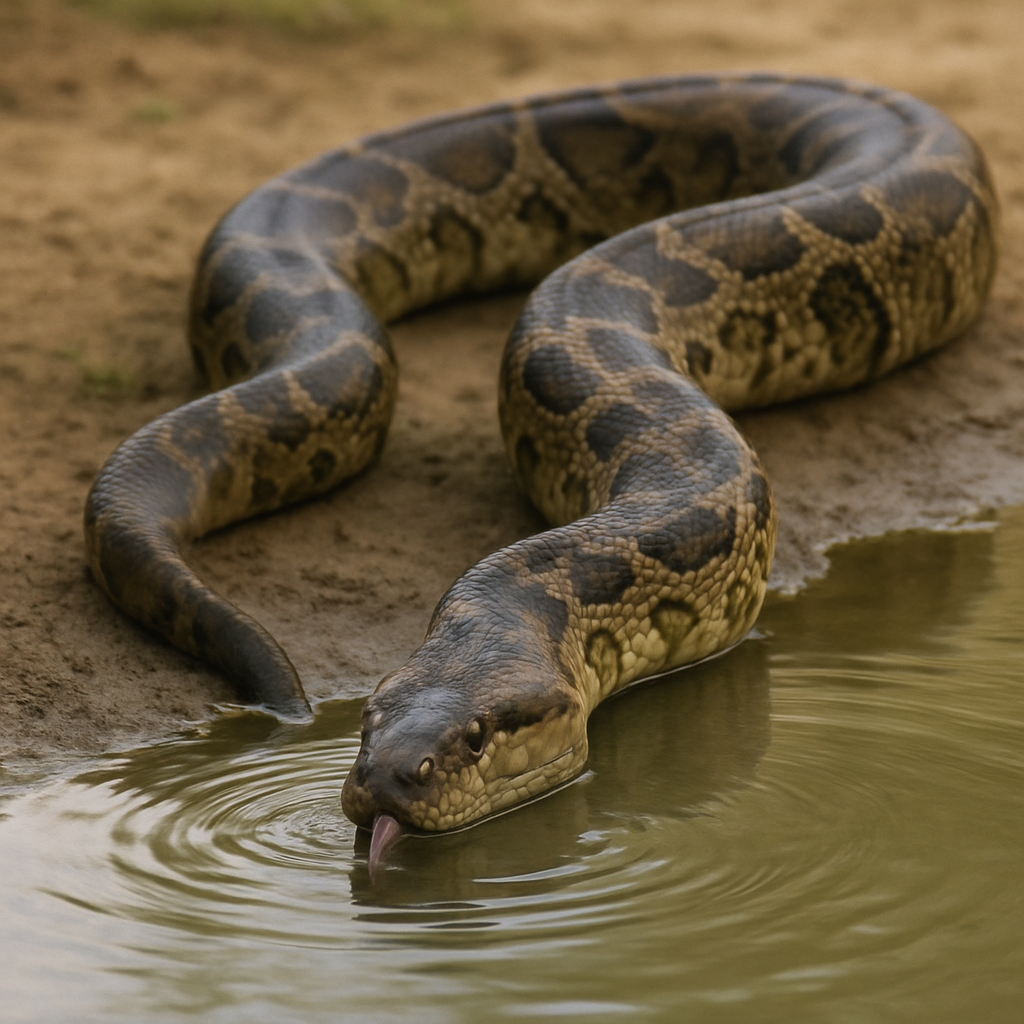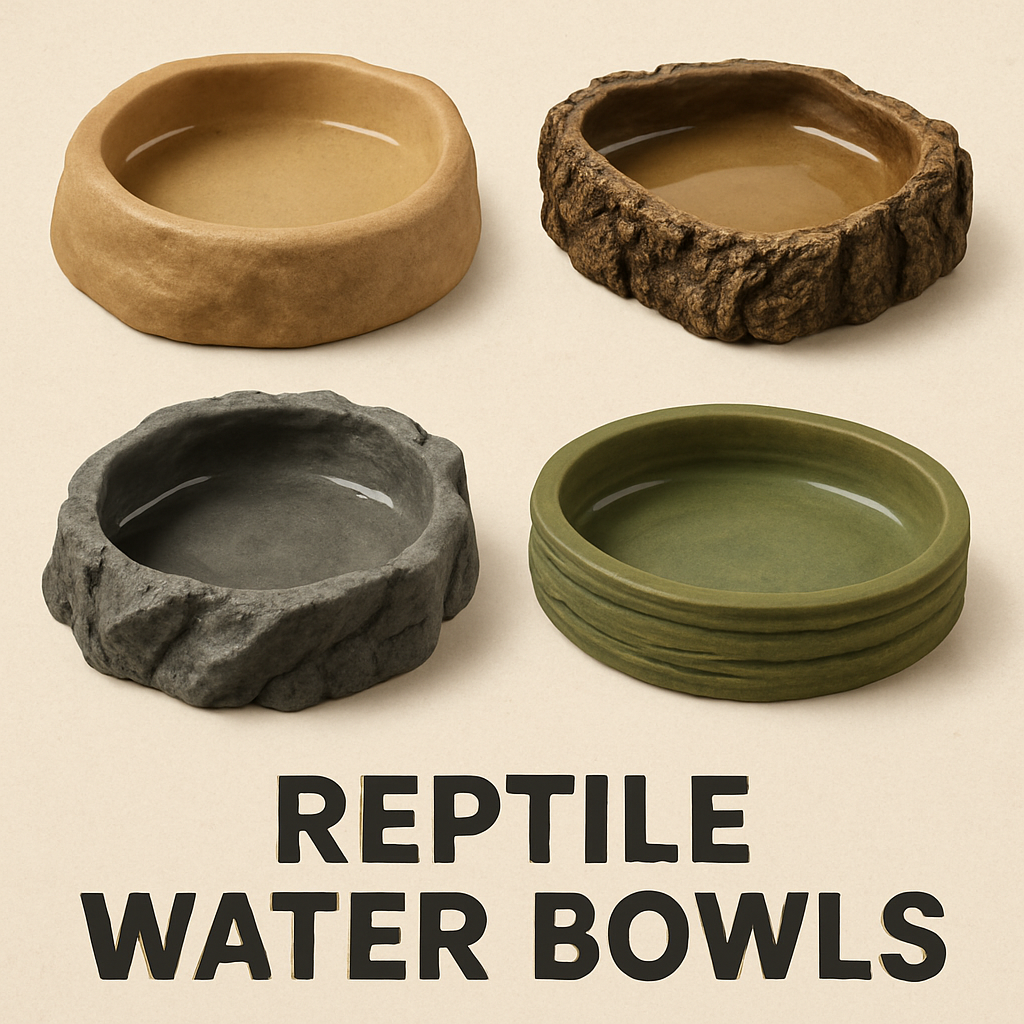Choosing the right water bowl for your large reptile may seem like a simple task, but it is crucial for the health and well-being of your scaly friend. Whether you are a new pet owner or an experienced reptile enthusiast, understanding the various options available and their implications is key to ensuring your reptile remains hydrated, healthy, and comfortable.

Hydration and Health
Reptiles have specific water requirements that differ significantly from those of mammals. Insufficient water intake can lead to dehydration, impacting their health and longevity. Dehydration can cause shedding issues, kidney problems, and even organ failure. Therefore, selecting an appropriate water bowl that caters to the size and behavior of your reptile is essential.
Promoting Humidity
In addition to providing drinking water, a reptile's water bowl can help maintain the desired humidity levels within their enclosure. This is especially important for species that originate from humid environments. A larger water bowl can increase surface area, enhancing the evaporation rate and supporting the necessary humidity levels.
Key Considerations When Selecting a Water Bowl
When choosing a water bowl for your large reptile, several factors need to be considered to ensure it meets their specific needs.
Size and Capacity
The size of the water bowl should correlate with the size of your reptile. Larger reptiles, such as certain snake species and lizards, require a water dish that accommodates their body size, allowing them to soak if needed. This is particularly important for species that require soaking for shedding purposes.
Material and Design

Accessibility and Safety
The water bowl must be easily accessible to your reptile while being safe from potential hazards. Bowls with a gradual slope or ramp allow easy entry and exit, reducing the risk of drowning for smaller species. Ensure that the water depth is appropriate for the reptile's size to prevent accidental submersion.
Types of Water Bowls for Large Reptiles
There are several types of water bowls available, each with its own advantages and potential drawbacks.
Traditional Water Bowls
Traditional water bowls are simple, cost-effective, and widely available. They come in various sizes and materials, making them a versatile choice for many reptile species. However, they may require frequent refilling and cleaning to maintain water quality.
Automatic Waterers
Automatic waterers, also known as reptile waterers, offer a continuous supply of fresh water, reducing the need for frequent manual refills. These systems are ideal for busy pet owners or those with multiple reptiles. However, they may be more complex to set up and maintain compared to traditional bowls.
Humidity-Enhancing Water Bowls
Humidity-enhancing water bowls are designed to increase moisture levels within the enclosure. These bowls often feature a larger surface area to promote evaporation, contributing to the enclosure's humidity. They are particularly beneficial for reptiles from tropical environments.
Innovative Products and Considerations
The pet care industry continually evolves, introducing new products and innovations that enhance reptile care. As a dedicated pet owner, staying informed about the latest developments can help you make better choices for your reptile's well-being.
Smart Water Bowls
Smart water bowls are equipped with technology that monitors water levels, temperature, and cleanliness. These advanced systems can provide real-time data to ensure optimal conditions for your reptile. While they may come at a higher cost, the benefits of automation and monitoring can be significant.
Eco-Friendly Options
For environmentally conscious pet owners, eco-friendly water bowls made from sustainable materials offer a guilt-free choice. These products reduce environmental impact while still providing the necessary functionality and safety for your reptile.
Maintenance and Care of Reptile Water Bowls

Regular maintenance and cleaning of your reptile's water bowl are vital to prevent bacterial growth and ensure water quality. Here are some tips for maintaining your reptile's water dish:
- Daily Checks: Inspect the water bowl daily to ensure it is clean and filled with fresh water. Remove any debris or waste promptly.
- Weekly Cleaning: Perform a thorough cleaning of the water bowl at least once a week using a reptile-safe disinfectant. Rinse thoroughly to remove any chemical residues.
- Monitoring Water Quality: Regularly assess the quality of the water, especially if using automatic waterers, to prevent contamination.
Conclusion
Selecting the best water bowl for your large reptile is a crucial aspect of their care and well-being. By considering factors such as size, material, design, and functionality, you can provide a safe and comfortable environment for your scaly companion. Stay informed about the latest products and innovations to ensure that your reptile's needs are met with efficiency and care. With the right water dish, you can enhance your reptile's health, promote proper hydration, and enjoy the many joys of reptile ownership.```
from Talis Us - Blog https://ift.tt/SlerfXL








0 comments:
Post a Comment